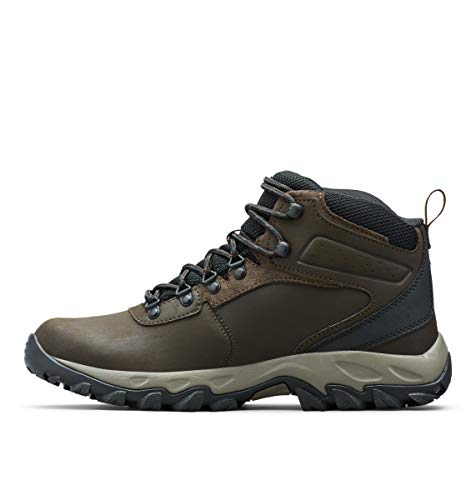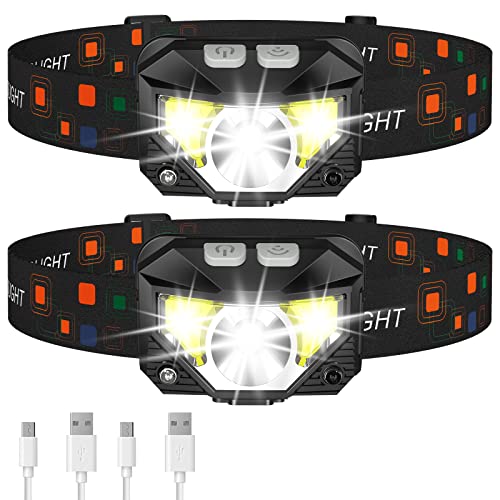This step-by-step guide provides instructions on how to navigate using a topographical map dial watch. It explains how the watch functions and how to interpret the topographical map overlay. By following the guide, outdoor enthusiasts will be able to effectively use the watch to navigate and find their way in unfamiliar terrain.
Topo Timepieces
Understand the Features of the Topographical Map Dial Watch
Familiarize yourself with the various components and features of the topographical map dial watch.
- Rotating Bezel: Begin by examining the rotating bezel, which is typically located around the outer edge of the watch dial. This feature allows you to measure time intervals, distances, or directions. To use the rotating bezel, hold the watch securely and rotate the bezel so that the zero marker aligns with the desired reference point on the watch dial. This will facilitate accurate measurements or tracking of time.
- Topographical Map Overlay: Next, familiarize yourself with the topographical map overlay, if present on the watch. This feature provides a visual representation of the terrain and elevation changes. To access the topographical map overlay, look for a designated button or crown on the watch. Press or rotate it as indicated to activate the overlay. Once activated, you can observe the contours and landmarks on the watch dial, helping you navigate and understand the lay of the land.
- Additional Functions: In addition to the rotating bezel and topographical map overlay, your topographical map dial watch may have extra functions such as a compass or altimeter. To utilize the compass, locate and activate the designated button or crown. Ensure the watch is calibrated according to the manufacturer’s instructions, then hold the watch flat and level to obtain accurate compass readings. As for the altimeter function, this provides information about your current altitude. Activate the altimeter as directed, and follow the manufacturer’s guidelines for calibration and accuracy checks.
By familiarizing yourself with the rotating bezel, topographical map overlay, and any additional functions like the compass or altimeter, you will be well-equipped to make the most of your topographical map dial watch. Take the time to practice using these features, ensuring you fully understand their operation before relying on them during your adventures.
Obtain a Topographical Map of the Area
- Check local outdoor stores: Visit your nearest outdoor stores or sporting goods shops in the area where you will be navigating. Look for a section dedicated to maps and navigational tools. Ask the store staff for assistance in locating a detailed topographical map of the region you plan to explore. Specify your requirements to ensure you are purchasing an accurate and up-to-date map. Pay attention to the scale of the map, as larger scales provide more detailed information.
- Explore online sources: Utilize online sources to find and obtain a topographical map of the area. Popular options include websites that specialize in outdoor gear and mapping software. Start by conducting a search using keywords related to the specific region or hiking trails you plan to explore. Review the available maps and compare their features, accuracy, and user reviews. Once you have chosen a suitable map, proceed with the purchasing process on the website. Ensure that you download or order a physical copy of the map, depending on your preferences.
- Try specialized mapping apps: Consider using specialized mapping apps for obtaining a digital topographical map of the area. Search for reputable navigation apps available on your smartphone or tablet’s app store. Read the descriptions and check the user ratings for each app to identify which one best suits your needs. Pay attention to the app’s features, such as offline maps, GPS tracking, and real-time updates. Download and install the chosen app, then follow its instructions for selecting and downloading the topographical map covering your desired area.
Remember, the key is to obtain a detailed and accurate topographical map that corresponds to the region you will be exploring. By following these steps, you can acquire a reliable navigation tool that will assist you in safely navigating the terrain and enhancing your outdoor experience.
Align the Map with the Topographical Map Dial Watch
Place the topographical map on a flat surface and align it with the topographical map dial watch. First, find a suitable space on a flat surface where you can lay out the topographical map. This could be a table, desk, or even the ground if you are outdoors. Make sure the area is clear of any obstructions or clutter that may hinder your ability to align the map accurately.
Next, take your topographical map dial watch and place it next to the map. Identify the north-south orientation on the map, which is usually indicated by a compass rose or arrow. Carefully rotate the watch dial until the direction indicated on the watch matches this north-south orientation on the map. To do this, use the rotating bezel or adjustable dial on the watch, aligning it with the corresponding edge of the map.
Ensure that the north-south orientation on the map matches the direction indicated on the watch. To verify the alignment, you can use landmarks or compass bearings. Look for prominent features on the map, such as mountains, rivers, or roads, and compare their positions with the corresponding landmarks in your surroundings. Use your eyes to align these features on the map with their actual positions, making adjustments to the alignment of the watch if necessary.
Another method is to use a compass in conjunction with the watch and map. Take a compass and compare its north-south orientation with the direction indicated on the watch. If they match, you can be confident that your map and watch are aligned correctly. However, if there is a discrepancy, make the necessary adjustments to align the watch with the map until they are in sync. This will ensure accurate navigation when using the topographical map dial watch.
Set the Topographical Map Dial Watch
To set the desired bearing or direction on your topographical map dial watch, follow these steps:
- Locate the rotating bezel: Look for a small ring surrounding the watch face that can be turned in either direction. This is the rotating bezel.
- Identify the desired direction: Determine which direction you want to travel or the feature you want to align with on the map. For example, if you need to head north, you should set the bezel to align with the north indicator.
- Turn the bezel: Rotate the bezel in either direction until the desired bearing or direction aligns with the map dial. For instance, if your desired bearing is 315 degrees, turn the bezel until the number 315 lines up with the corresponding feature on the map dial.
- Verify alignment: Double-check that the map dial and the desired direction are aligned accurately. This will ensure that you can easily follow the map and stay on course.
Here’s an example: Let’s say you are planning a hiking trip in the mountains and need to reach a specific peak from your starting point. After analyzing the topographical map, you determine that the peak is located northeast of the starting point. To set the direction, rotate the bezel until the northeast indicator aligns with the map dial. This will provide you with a clear reference for navigating towards the peak.
Navigate using the Topographical Map Dial Watch
As you move, keep your topographical map dial watch handy and refer to it frequently to maintain your orientation. To begin, make sure you have the map dial set to the correct scale that matches your topographic map. This will ensure that the distances on the map dial are accurately represented.
As you start your journey, continuously track your progress using the map dial. Look for landmarks that align with your current location and adjust your direction accordingly. When you come across contour lines on the map, take note of their spacing and direction, as they represent changes in elevation. Use this information to navigate through terrain and avoid steep or difficult sections. Keep an eye out for other features on the map, such as bodies of water, roads, or buildings, which can serve as reference points for accurate navigation.
Remember to always compare what you see in the field with what is shown on the map dial and make any necessary adjustments. By staying attentive to landmarks, contour lines, and other map features, you’ll be able to navigate confidently and successfully reach your destination.
Final thoughts
In conclusion, mastering the art of navigating with a topographical map dial watch is essential for any outdoor enthusiast or adventurer. With the right knowledge and practice, this tool can be an invaluable asset in helping you stay on course and navigate through different terrains. So, get out there, explore, and enjoy the great outdoors with confidence!
Navigation Tips
Simple Guide to Using a Map and Compass
Navigating with Precision
- Familiarize yourself with the components: Study the different features of the topographical map dial watch, including the map display, compass bezel, and altitude gauge. Read the user manual to understand their functions and how to interpret the information provided
- Set the watch to your location: Adjust the watch’s coordinates to align with your current location. This will ensure accurate readings of altitude, direction, and map orientation
- Use the map display: Explore the topographical map on the watch face to understand the terrain and identify landmarks. Learn how to read contour lines, symbols, and scales to gauge elevation and plan your route
- Utilize the compass bezel: Familiarize yourself with the compass bezel and learn how to align it with the magnetic north. This will allow you to determine your direction of travel and navigate accurately in the field
- Monitor altitude and other data: Keep an eye on the altitude gauge to track changes in elevation during your journey. Additionally, utilize other features like temperature, barometric pressure, and sunrise/sunset times to enhance your outdoor experience
- Remember to practice using the topographical map dial watch in various outdoor settings to hone your skills and become comfortable with interpreting the information provided

















